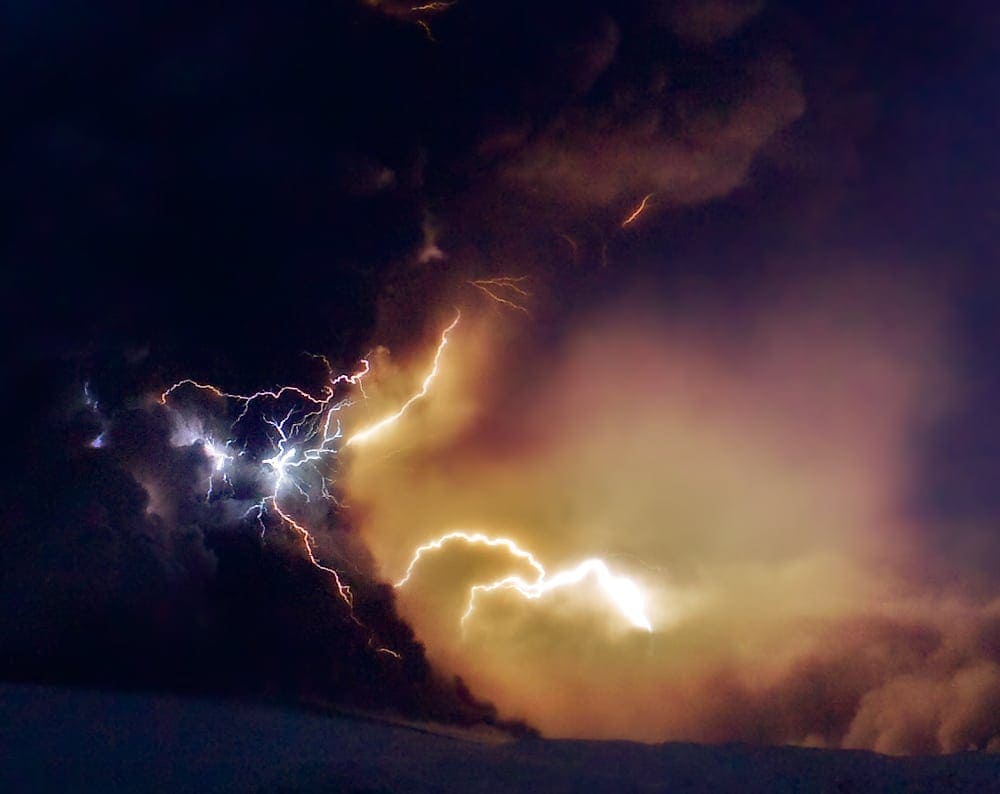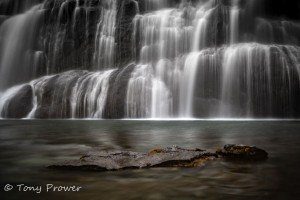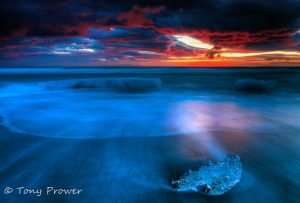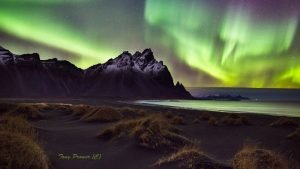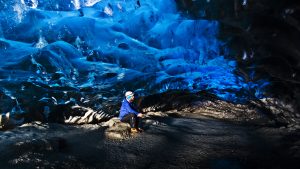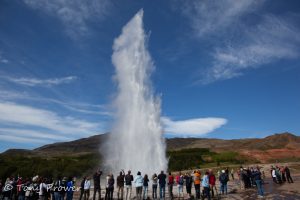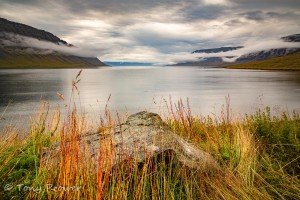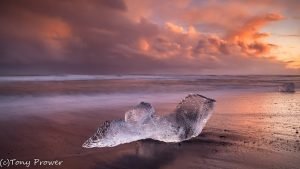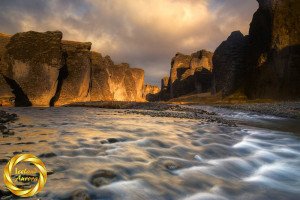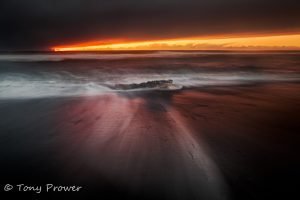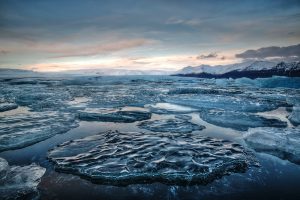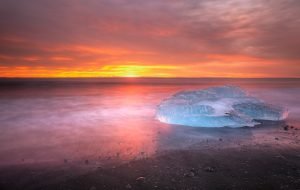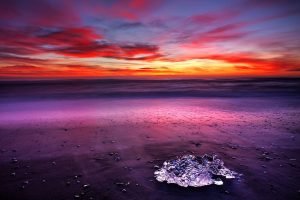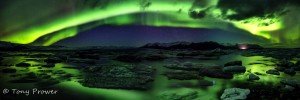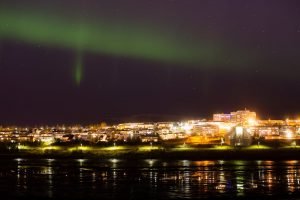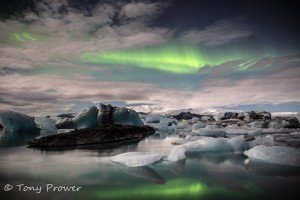Big Volcano
What will happen?
Everyone is waiting for Iceland’s largest volcano to go off, but when it does, will we wish it hadn’t?
Useful Links:
Check for updates
Webcam
Very interesting read!!
Private Northern Lights Tours
Crater Chains
I flew over the area last week and I was comparing the various crater chains. The Laki crater chain (1783) caused huge disruption in Europe in 1784. Some think it led to the French revolution. Here in Iceland 1 in 5 people died from poisonous gases, disease and starvation. The eruption created the largest lava field in Europe measuring 565 squared kilometers. A local priest from Vik was called in to stop the lava flow. Some of the crater chains I flew over absolutely dwarfed the Laki chain. This is all along one of the main faults (mid Atlantic Ridge) where Barðarbunga is the big daddy.
It could be that the persistent earthquakes (over 5000) are just the continental plates shifting and the tremors are stronger at the site of the ancient volcano.
The low level volcanoes with no glaciers are mostly lava producing, the danger with these is mostly gases and the destruction caused by the lava flow. These lava volcanoes also produce a lot of ash (which is exactly the same substance as the lava, but after being in an explosion).
Under a Big Glacier
Barðarbunga is under a lot of glacier and it is the second highest mountain in Iceland, so the eruption will be mostly strato. A strato volcano is so named because it puts it material into the stratosphere. Just like Eyjafjallajökull, Bardarbunga is going to produce a lot of ash. It is all about explosions!! There is an ice sheet (glacier) sitting on top of Bardarbunga which is 800m thick, so when Bardarbunga erupts there will be chunks of ice the size of football stadiums falling into the volcano. The definition of an explosion is when a substance goes from solid to gas without being liquid in between. This is exactly what will be causing all that magma to come out as ash. All that glacier melting will cause huge floods and this is the primary concern with Bardarbunga, we could loose a lot of important roads in the North.
Glacier flood
In 1996, an eruption near Bardarbunga (I think it was classed more as Gjálp), took out several kilometers of road connecting Reykjavik to the East. The last eruption at Grimsvotn (now Iceland’s most frequently erupting volcano) in 2011 produced more ash in 24 hours than Eyjafjallajökull did in 2 weeks, yet there was only 1 day of disruptions in international flights. My best view of this eruption was in Reykjavik as I was fueling, I saw the eruption 120 miles away. As we drove closer, we were just pointlessly driving through an ash cloud and saw nothing at all. Grimsvotn is Bardarbunga’s next door neighbor.
Stratosphere
A strato volcano is generally higher than a lava volcano and in Iceland they are mostly under a glacier. The exception being Mount Snæfell and Hekla (which can be a strato volcano sometimes). The instant vaporization of colossal chunks of ice cause the magma to mostly come out as ash. Due to the explosive nature of this instant vaporization, and the height of the volcano, the ash is sent high into the stratosphere.
Updates
Saturday 23rd August 15:47 Update: magma has been reported and a sub-glacial eruption has now been reported.
Sunday 24th August 01:05 Update: massive 5.3 earthquake measured at Bardarbunga just after midnight.
Sunday 24th August 13:00 Update:
Have a look at the recent activity (images property of Icelandic Met office). There are constant earthquakes Magnitude over 4 (with 2 tremors over 5) at the site of Bardarbunga, you can see how the tremors follow the main fissure. Looking at the whole of Iceland you can see how the activity is setting off small quakes right along the continental fissure.
Monday 25th August 13:00 Update:
Although the magnitude of the earthquakes has subsided, there are continuing at an alarming rate. It seems like the Earthquake swarm has moved towards the Kárahnjúkar Hydropower Plant. There was a 3+ tremor there a few hours ago and most of the recent tremors are close to the Power plant.
Monday 25th August 16:00 Update:
One of our photo guides, Owen Hunt, is also a geology expert. I asked him if there was any chance this was just magma moving around. He said there was too much seismic activity for that, he predicted the volcano to erupt (for real) tomorrow, after he has left Iceland.
Friday 29th August 21:00 Update:
A fissure eruption was reported North of Vatnjökull Ice cap. The fissure is though to be about 600m long and erupted from midnight to 04.00
Sunday 31st August 16:45 Update:
A small fissure eruption 1500m at Holuhrauni, North of Dyngjujökull glacier has been reported. Lava is flowing to the North East. There was a 5.1 earthquake around midday which could have been the start of the eruption. The highland roads in the area are closed, but international airports remain open.
Wednesday 3rd September 14:10 Update:
Nothing!
Friday 5th September 17:10 Update:
A new fissure has been spotted much closer to the glacier than the fissure everyone has been flying over lately. There are also signs of an eruption starting under the glacier. An evacuation strategy will be put into place if there is a glacial flood. This will affect farms and some hotels in the flood zone North of the eruption site. Currently, the ring road is open, but mountain roads remain off limit.
Thorvald is present in the hall of the dragon – Þorvaldur er staddur í skálanum í Dreka reports mbl.is (The Icelandic National paper.)
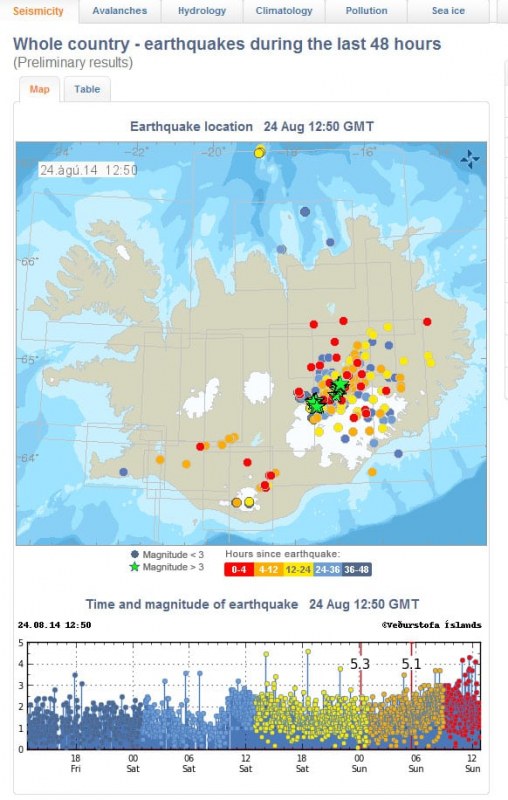
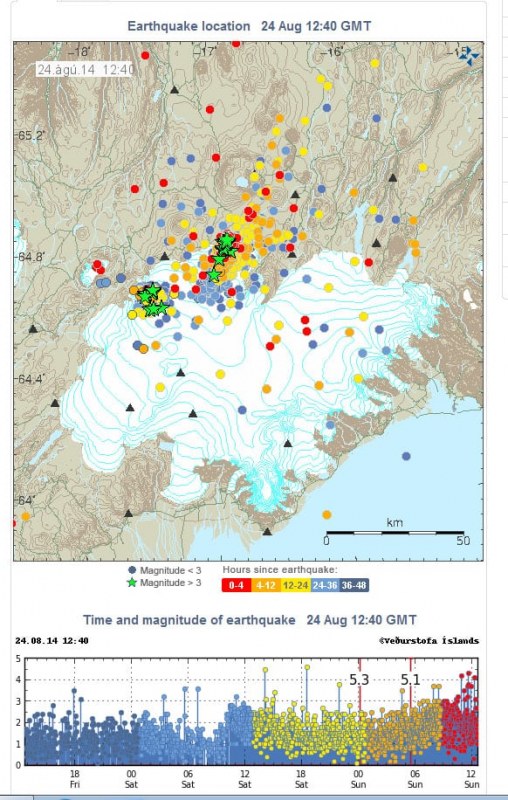
Update: nearly 2 years later new activity has started under Barðabunga. The Helka Volcano Watch will continue on the new page.
